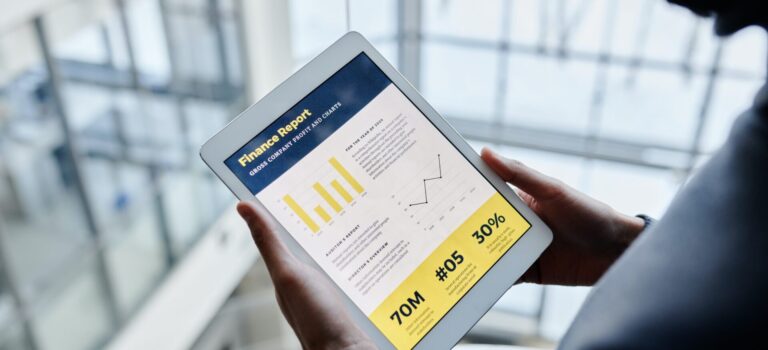Although this was a nonfarm payroll week, the first few trading days in April were dominated by the fallout from new tariffs being levied. On Thursday and Friday, markets in the United States and around the globe lost ground after few countries were spared from what some are fearing could turn into a prolonged trade war.
Southeast Asian nations such as Vietnam and Cambodia were among the hardest hit facing tariffs of 46 percent and 49 percent respectively. Sri Lanka, Laos and Myanmar also face reciprocal tariffs of more than 40 percent. It has been theorized that these nations were targeted because major American companies make clothes and other goods there before importing them into the United States.
Retailers such as Nike, Target and Restoration Hardware saw shares lose 10 percent or more of their value in the second half of the week. Nintendo announced that it was delaying the release of the Switch 2 while it has been reported that tariffs could push the price of an Apple iPhone to more than $2,300. Apple was another company that saw its stock price tumble by more than 10 percent this week.
Despite tariffs being the talk of the market all week, the jobs report was also significant in its own right. On Wednesday, the ADP nonfarm payroll figure came in at 155,000, which beat analyst estimates of 118,000. The ADP figure for February was revised upward to 84,000.
On Friday, the Bureau of Labor Statistics (BLS) released its own version of the report, and Friday’s number also beat market expectations. The BLS found that 228,000 new jobs were created as opposed to a projected 137,000. However, the February report was revised lower to 117,000 jobs created during that month. In addition, the unemployment rate rose to 4.2 percent while average hourly earnings increased .3 percent on a monthly basis.
Jerome Powell spoke on Friday afternoon and provided some insight into how tariffs might impact monetary policy. Primarily, he said that tariffs could result in higher levels of inflation over a longer period of time. Initially, he said that inflation would be transitory. Regardless, markets are still pricing in one or two rate cuts this year on expectations that tariffs could suppress demand and cause a recession.
The S&P 500 lost 6.3 percent this week to close at 5,074. On Wednesday afternoon, the high of the week was put in place when the market reached 5,682, and it would make its low of the week on Friday near its closing price. After breaching 6,000 earlier this year, the S&P is now down almost 14 percent this month and is down about 1.5 percent over the past 12 months.
The Dow lost 5.89 percent this week to close at 38,314. As with the S&P, the Dow made its high of the week on Wednesday when it hit 42,351 and closed near its weekly low established on Friday. For the month, the Dow is down 12.28 percent and is down about .75 percent over the last 12 months.
Finally, the Nasdaq lost 7.54 percent to close at 15,587 at the end of the trading week. As with the other two major indexes, the market made its peak on Wednesday afternoon before nosediving on the backside of the week. The weekly high was 17,701 while the market closed near its weekly low established on Friday. For the month, the index has lost nearly 17 percent while it is down almost 3 percent over the past 12 months.
Next week will be the first full trading week of April, and there is sure to be a lot for market participants to keep an eye on. Inflation data for March is expected to be released on Thursday while the Price Producers Index will be released on Friday. The University of Michigan will release its consumer sentiment and inflation expectation report that same day.





